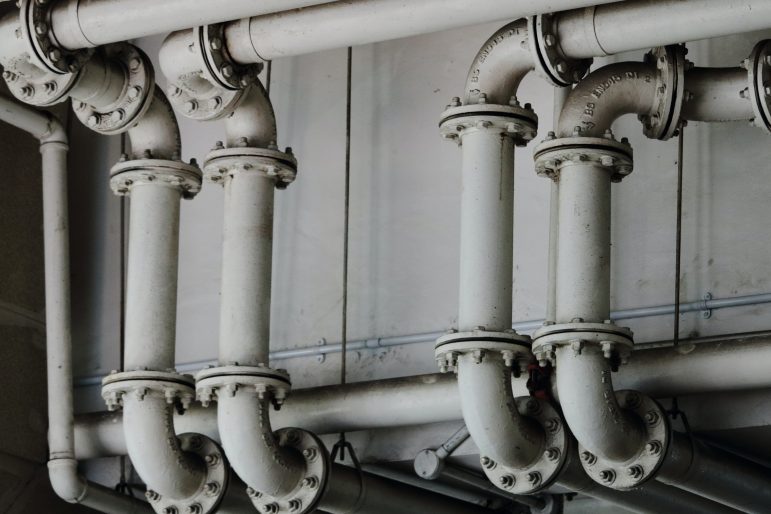As we prepare to head into November and on to December and the holiday period, colder weather is going to set in across Canada and North American. Knowing how to effectively winterize pipes is key for facility management to avoiding headaches down the line, and it’s wise to start sooner rather than later.
Taking early steps to winterize pipes before any winter closures is vital. Winterizing fixtures helps prevent plumbing leaks and breaks caused by water expanding upon freezing and producing enough pressure to cause damage to fixtures, and it also helps prevent traps and drains from drying out, which can cause the release of sewer odours and/or methane gas which can cause serious health risks.
Klaus Reichardt, founder and CEO of Waterless Co., manufacturers of no-water urinals and other washroom products, has provided numerous tips on how to winterize pipes effectively and with confidence.
- Create a plumbing fixture checklist. Include drain valves, taps, and all water-using kitchen and restroom fixtures throughout the facility. Mark off the following steps as they are completed.
- Shut off the main water valve to the facility (if allowed), turn off the water pump, and water heater.
- Open all drain valves, taps, faucets, and showers. These should remain open during the winter months, as long as the facility is closed.
- Drain the water heater and any hot water storage tanks. This will protect heating elements in the tanks from being damaged.
- Flush all toilets and water using urinals. If water remains in the bowel, add antifreeze to prevent pipes from cracking.
- Waterless urinals need no special winterizing steps unless they use water on a scheduled frequency.
- Pour liquid “ever prime” into all drains. This helps prevent P traps from drying and releasing foul odours. Two or three ounces per drain should do.
“Also, be sure and maintain a heating source in the facility,” adds Reichardt. “Setting the thermostat at 40 to 50 degrees (F) helps protect pipes from the cold.”








